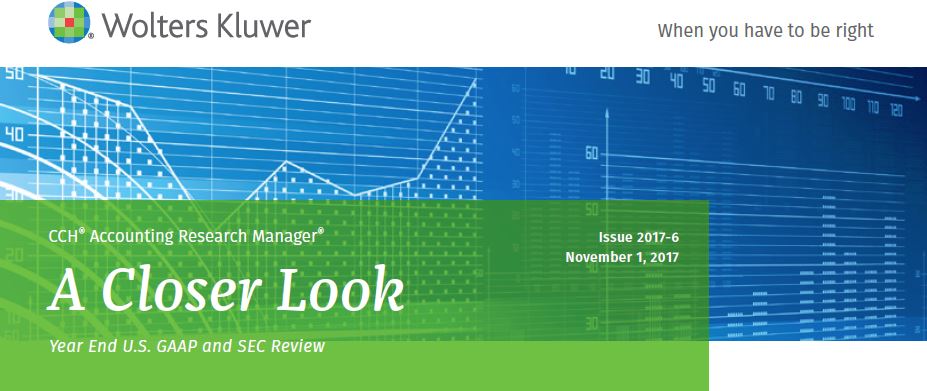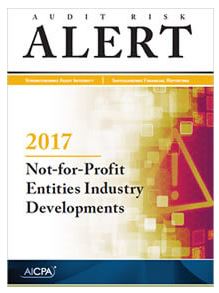
For future reference, here is some select financial information on the charities that have been accused of overvaluing donated medicine.
In March 2018, the Attorney General of California filed cease and desist orders against three charities and a complaint against one.
The complaint was resolved with a stipulated judgment the same day the complaint was filed. Resolution? The National Cancer Coalition agreed to dissolve.
Listed in this post is some data from the most recent set of financial statements available at the charities’ web sites along with the 2015 info, which is the latest year cited in the cease-and-desist orders.
Since the cease-and-desist orders allege material misrepresentation in the audited financial statements, the auditor is also listed. Therefore this is an audit issue as well as an accounting issue.
I will make an educated guess that the 2017 financial statements for MAP and FffP will not be available until after the impact of the AG’s cease and desist action is assessed. Looking in from the outside, it seems to me like this issue would constitute a material subsequent event.













